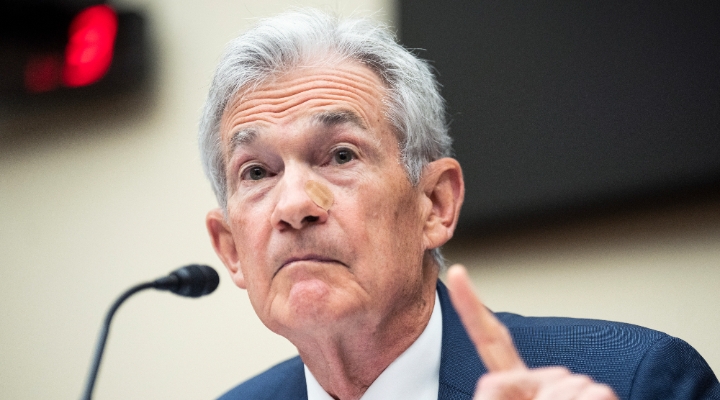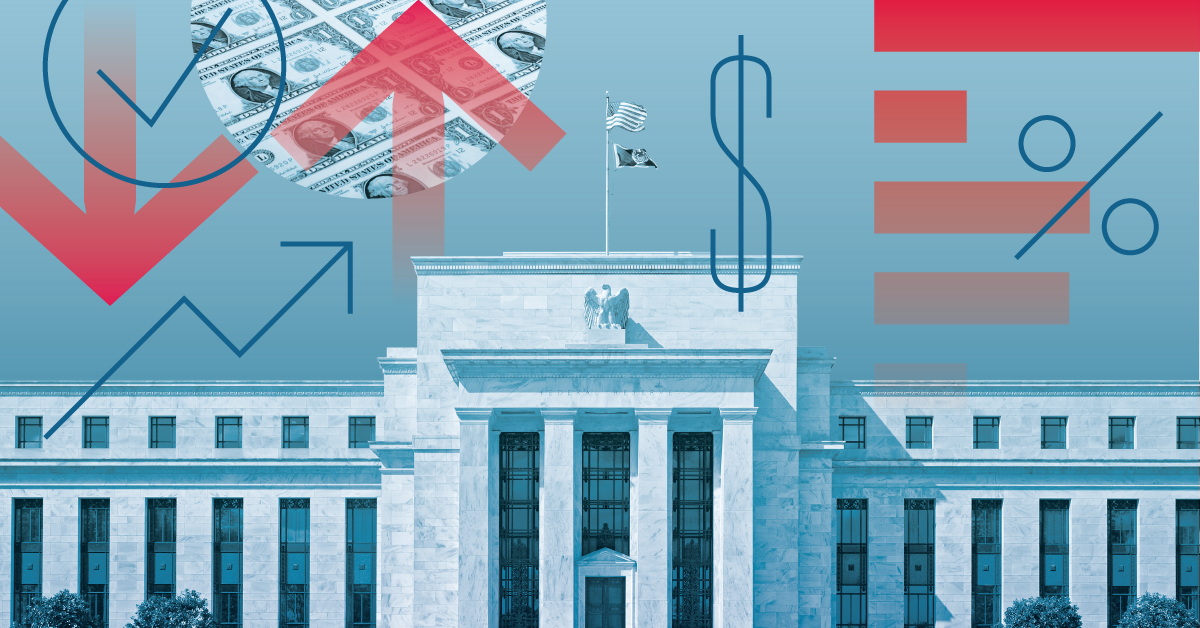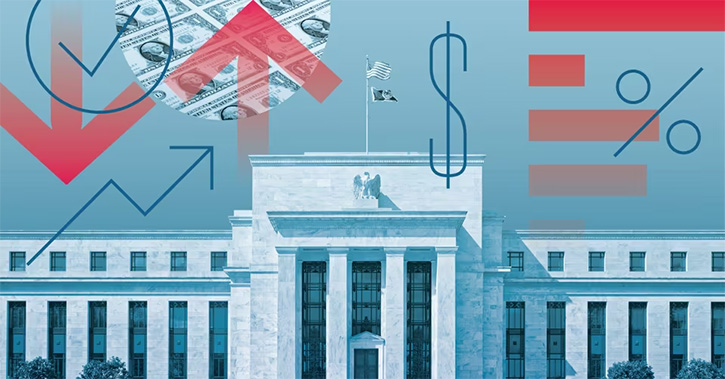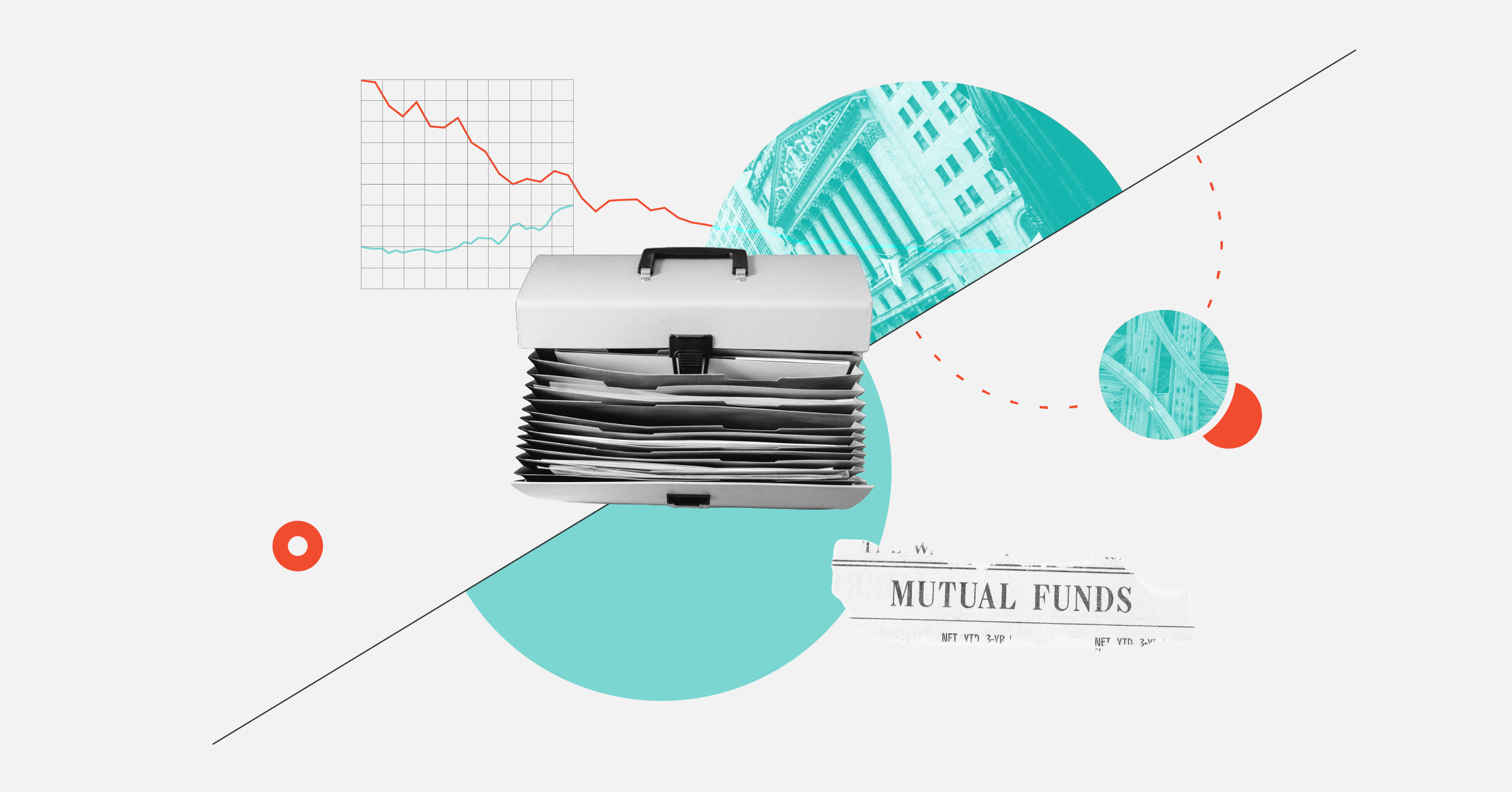.jpg)
The Bank of Canada probably doesn’t need additional reasons to keep cutting interest rates, but with the US Federal Reserve having joined the party with a jumbo cut of its own, there's now fresh impetus for the Canadian central bank to not only lower rates further but perhaps even take a bigger bite out of the current benchmark interest rate of 4.25%.
Economists and investment experts aren’t entirely ruling out the possibility of a half-point cut, even though the broader expectation remains for a more modest 0.25% reduction in the upcoming rate decisions on Oct. 23 and Dec. 11. The Bank of Canada has so far lowered rates three times, each by a quarter of a percentage point.
At a conference this past Tuesday, Bank of Canada Governor Tiff Macklem said that future rate cuts are a reasonable expectation since Consumer Price Index data indicates that the central bank’s efforts to tame inflation are working. "Now we want to keep inflation close to the center of the 1%–3% inflation-control band. We need to stick the landing," he said, in his first remarks since data showed the CPI in August fell to 2%, the lowest in over three years.
Here’s what three economists believe could push the Bank of Canada toward a more aggressive easing path.
Eric Lascelles, Chief Economist, RBC Global Asset Management
“The Bank of Canada has already cut by 25 basis points on three consecutive occasions, and the ongoing increase in the unemployment rate supports further moves. I look for a 25-basis-point cut in October and another 25-basis-point cut in December. The Bank of Canada can then continue easing across a large fraction of 2025, taking the policy rate down to a figure slightly below 3%.
“But there is a chance that the October meeting yields a larger 50-basis-point move, in part because the [US] Fed has just set the precedent, in part because the country’s unemployment rate is now unambiguously high, and also because headline inflation has now fallen all the way to 2%.
“The Bank of Canada is not certain to follow the US Fed since the former began its easing much earlier and has already moved by more than the large 50-basis-point move stateside. But the window is definitely open for a larger move because the Canadian economy shows evidence of weakness and there is some urgency in reducing the amount of monetary restraint as Canadian mortgages reset en masse over the next two years.
“A 50-basis-point rate cut is also desirable if the country’s unemployment rate continues to rise.”
Sal Guatieri, Senior Economist, BMO Capital Markets
“We expect quarter-point rate cuts at each of the next seven policy meetings, taking the overall policy rate down to 2.5% by July 2025. We expect CPI inflation to average 2.4% this year and 1.8% in 2025. [A supersized cut] is not our base case, but we see almost even odds the Bank of Canada could move by 50 basis points in October. These odds would rise if the economy doesn’t strengthen, the unemployment rate jumps further, or CPI inflation drops sharply again in September.”
Shailesh Kshatriya, Director, Investment Strategies, Russell Investments Canada
“Worsening living standards and rising joblessness have compelled the Bank of Canada to cut its policy rate three times this year, the first G7 central bank to do so this cycle. We believe the BoC is just getting started, and a deterioration in either economic or job growth could push the bank to ease more aggressively.
“Downside risks are clear and present in the labor market. The Bank of Canada acknowledged that hiring has been weak, and the rise in youth unemployment is particularly concerning. Bank of Canada Governor Tiff Macklem indicated that stronger job growth is necessary to ‘absorb the slack’ in the economy.
“The combination of a weak economy and substantial population growth have contributed to the rise in the unemployment rate from 5.0% in January 2023 to 6.6% in August 2024. Historically, such a sharp increase in joblessness would have almost certainly been associated with a recession. While an official recession hasn't been declared yet, it's arguable that the Canadian standard of living is already in one.
“The unemployment rate reaching a psychologically important level of 7%, for instance, could provoke the bank to ease more aggressively, where cutting rates in 50-basis-point increments cannot be ruled out. The fact that the Bank of Canada has not shied away from bold moves in the past makes it entirely probable. Recall that the Bank of Canada hiked its policy rate by 100 basis points in a single meeting in July 2022 as it worked to fight rising inflation.”



















